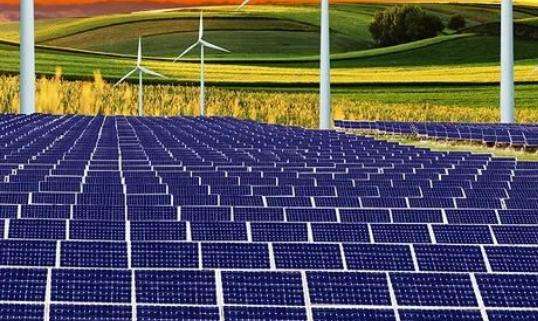Aerial solar energy refers to a way of using solar energy in the air to produce electricity. It is a new type of clean energy that can not only reduce environmental pollution, but also reduce energy costs. The principle of aerial solar power generation is different from traditional photovoltaic power generation. It uses heat generated by solar radiation in the air and converts thermal energy into electrical energy through thermoelectric conversion.
Operating Steps of Overhead Solar Power
1. Install Solar Panels: The main component of overhead solar power is the solar panel, which must be installed in a location that can receive sunlight. . When installing solar panels, you need to pay attention to the orientation and tilt of the panels. Generally speaking, an angle of inSouthward tilt of about 30 degrees is optimal.
2. Install a heat pipe: The heat pipe is a key element in converting thermal energy into electrical energy. It must be installed under the solar panel. When installing a heat pipe, you should pay attention to the length and diameter of the heat pipe. These parameters will affect the heat transfer efficiency of the heat pipe.
3. Connecting Pipes: Connecting pipes are an important link in connecting solar panels and heat pipes. When connecting pipelines, it is necessary to use pipeline materials resistant to high temperature and pressure to ensure the tightness and stability of the pipelines.
4. Connect to the power grid: Before connecting the overhead solar power generation system to the power grid, relevant testing and debugging are necessary. Once the system is operating normally, it canbe connected to the grid and excess energy can be supplied to external electrical equipment.
Advantages and disadvantages of overhead solar power
Compared with traditional photovoltaic power generation, overhead solar power has the following advantages:
1. Wide scope of application: Overhead solar energy does not need to be received directly. Sunlight only needs to receive heat in the air to produce electricity, so it has a wider range of applications.
2. Good stability: Air-based solar power can generate electricity in rainy weather and is more stable than photovoltaic power generation.
3. Clean and eco-friendly: Overhead solar produces no pollutants and has less impact on the environment.
The main disadvantages of overhead solar power are:
1. Low denEnergy sity: The energy density of overhead solar power is relatively low and requires a larger area to produce electricity.
2. Higher Cost: The cost of overhead solar power is relatively high and it takes a long time to recover the investment.
Calculated based on the latitude and season of your geographic location. Assuming your latitude is X degrees north latitude, the tilt angle is between summer solstice X- 23°26' and winter solstice X +23°26'. If it needs to be corrected, it is more appropriate to take the average value X degrees.














